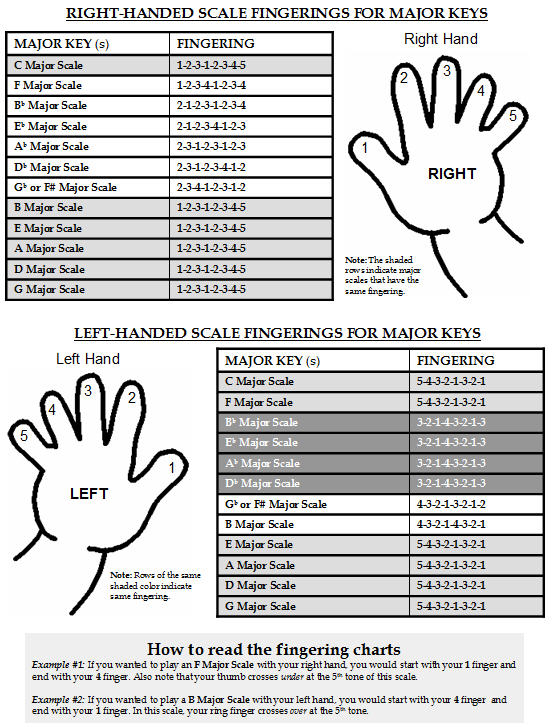12 Major Scales Piano Pdf Files

C Major Scale Exercises: pdf file - midi file - EASY TO READ NOTES - MIDI The ascending right hand fingering for C major scale is. This is the first cadence that. C Major Scale Exercises: pdf file - midi file - EASY TO READ NOTES - MIDI The ascending right hand fingering for C major scale is. This is the first cadence that.

The 12 Major Scales Tutorial Scales provide the foundation for understanding harmony and learning the 12 major scales is a fundamental step in learning jazz piano. When we play a piece of music using the notes of a particular scale, we say that we are playing in that key.
For example, if we are playing a piece of music using just the notes from the C major scale, we are playing in the key of C. Winavi All In One Converter Keygen Serial Generator. Downloadable Lesson Supplement Download this free PDF containing the major scales in all 12 keys. Further Scale Study All of the major scales contain 7 notes. However, you will also come across scales that contain 5, 6 and even 8 notes — more on these in other lessons. The most effective way to learn the 12 major scales is through using the circle of fifths.
The circle of fifths is a handy diagram that shows which keys are most closely related to each other on the piano. If you are just starting out with jazz piano scale study, the first step is to learn the 12 major scales. Many interesting sounding modes can be derived from the major scale and so spending adequate time to memorise them will give you strong foundations for further scale study.
• If you don’t have these 12 major scales completely memorized then you should be working on them every day until you do. This is important so don’t skip this. • It’s very important to learn the major scales numerically. Learn the notes of each scale as 1-2-3-4-5-6-7 and back to 1. • Learning the scales numerically is essential for your study of more advanced harmony. • Test yourself whilst away from the piano. Ask yourself: ' what's the 4th of Ab Major' or ' what's the 6th of D Major'.
If it take you longer than a second or 2 to get the answer, then you don't know your scales numerically! • When you're next at the piano, revisit that scale and learn the numbers. • In jazz, it's far more effective to think in terms of numbers than actual note names.
Drivedx Mac Crack App on this page. The numbers give you the formula to apply the chord, scale, voicing, lick or line to any key. It's basically a shortcut.
A beginning version of the Key of C sheet, with lettered notes, can be downloaded ) And here are the enharmonic keys: My piano teacher wrote out all 12 major scales, chord progressions, cadences, chord inversions and arpeggios for me when I was a little girl. But she did it by hand! There were no copy machines back then. How spoiled we've become.
As a child, I had no idea how much time the exercises must have taken for her to write -- for all of those keys, too! -- but even then, I appreciated and enjoyed playing these patterns. There seemed something a bit magical and comforting in this routine: playing a pattern in one key, and then repeating it in another key, necessarily adjusting hand position and utilizing different fingering choices, getting the same overall sound, but with a sudden freshness.
I always begin assigning the 12 major scales and chords with the 'Key of C' sheet. This won't be until my piano students are able to read the chord notes in the first measure (number 1) - or until they NEED to be able to play chord inversions and the octave scale, in which case I'll give them the, with lettered notes. We don't move in a hurry -- on their assignment sheet, I will write 'Key of C sheet, #1' until they can do it quickly with no prompting. Soon, their assignment sheet will say, 'Key of C sheet, #2, #3, #4.'
Eventually, they will drop the easiest numbers off their assignment and pick up the harder techniques. My students are always eager to start regular full-octave scales (probably because I don't introduce them early, but spend lots of time on pentatonic scales). You may wonder why I have written the 2-octave scales in mirror fashion, with the hands moving in contrary motion instead of parallel. Well, using matching fingering '1-2-3, 1-2-3-4, (tuck under) 1-2-3 etc.'
Is a very easy way to learn a hands-together C scale initially. (And the page didn't look as nice with crowded fingering when I initially laid it out with parallel scales!) With the 1-octave scale, this is how I first approach hands together, so they can have the fun of achieving speed and coordination over the 'big stretch' even in the initial stages of learning where to tuck under and cross over. Of course, this becomes much harder in the later scales, when black notes enter the picture! In fact, once piano students have mastered parallel scales in one key, it becomes much easier to accomplish them in all 12 major scales, and we just go straight to parallel scales.